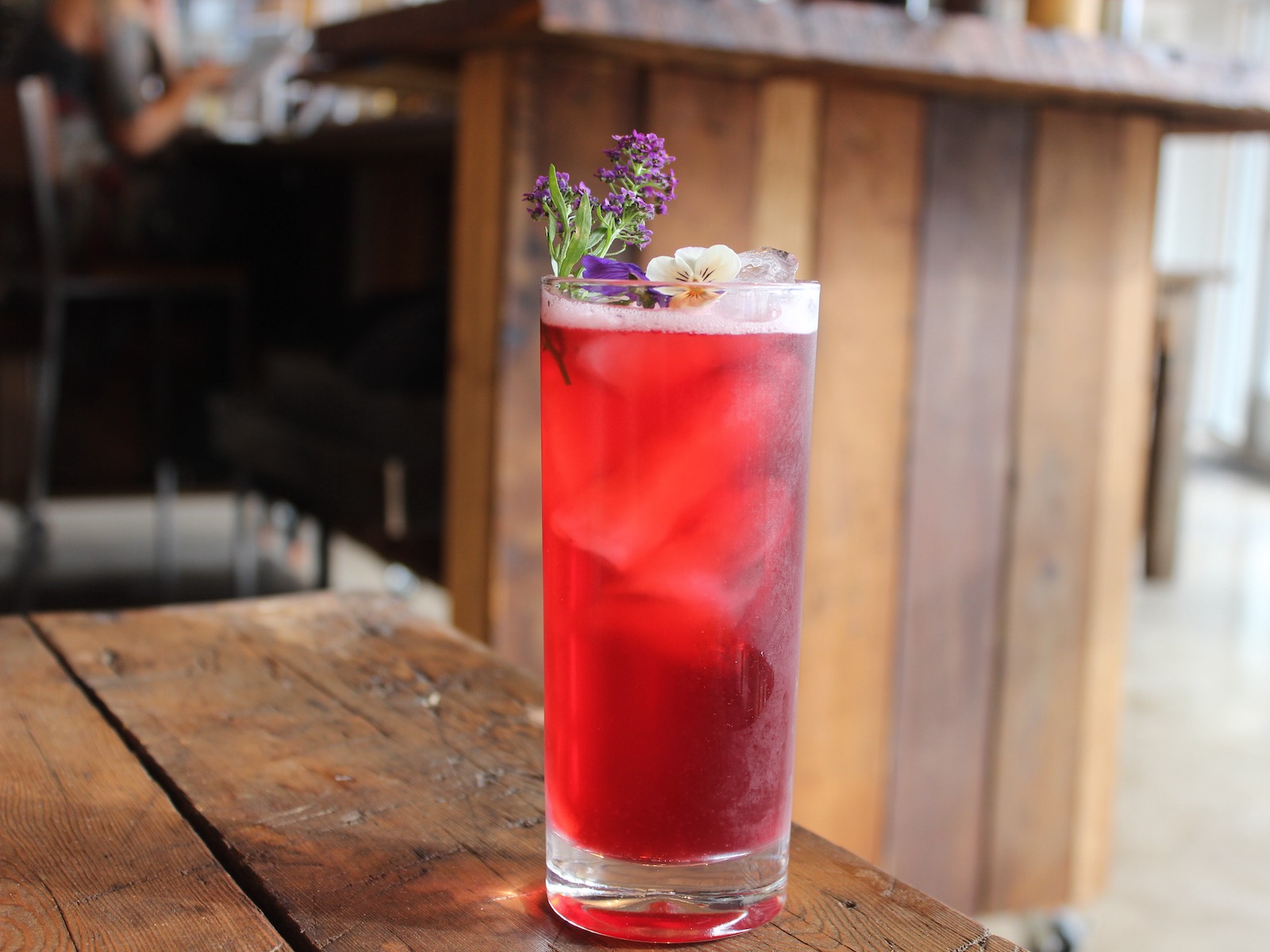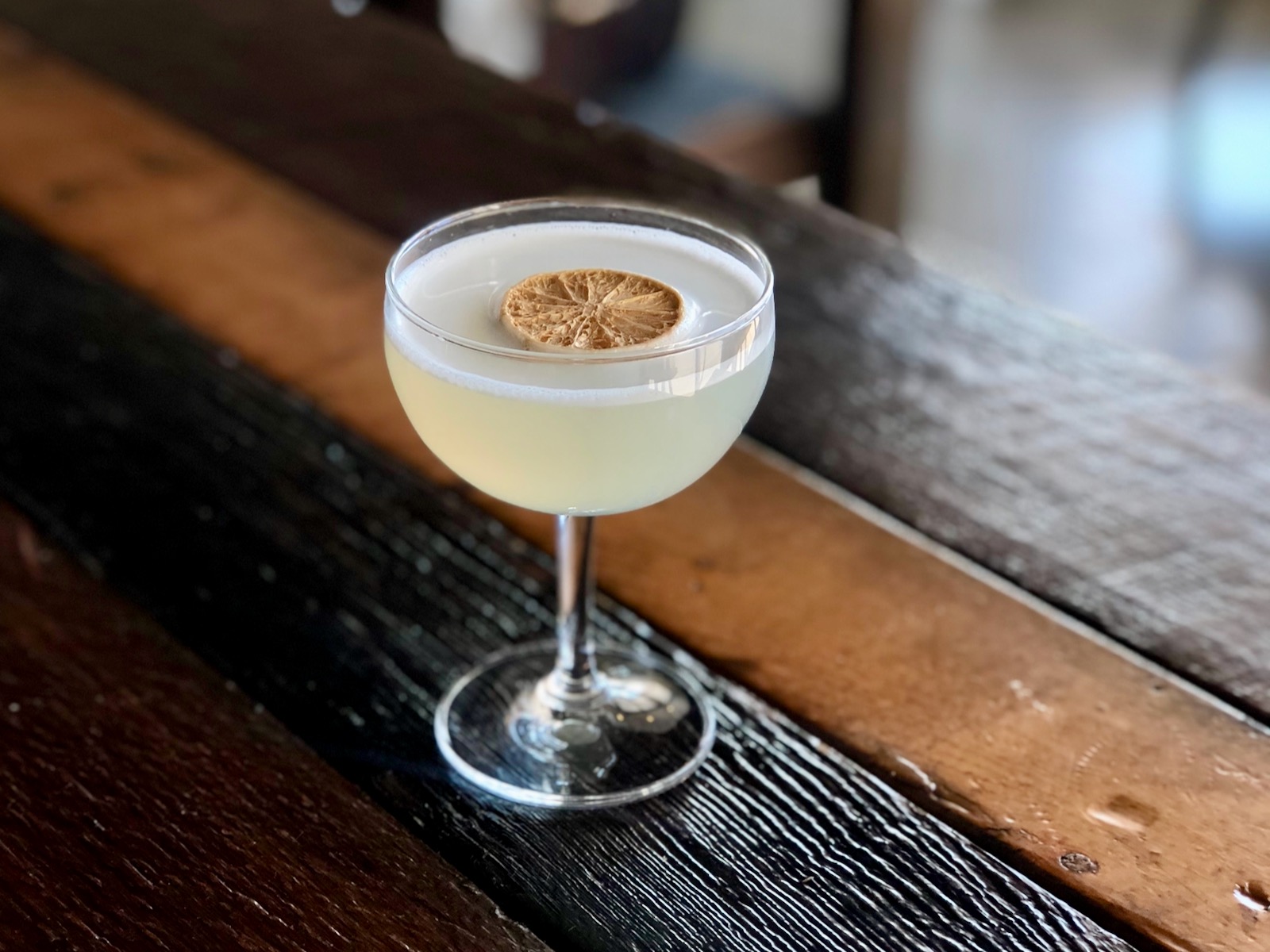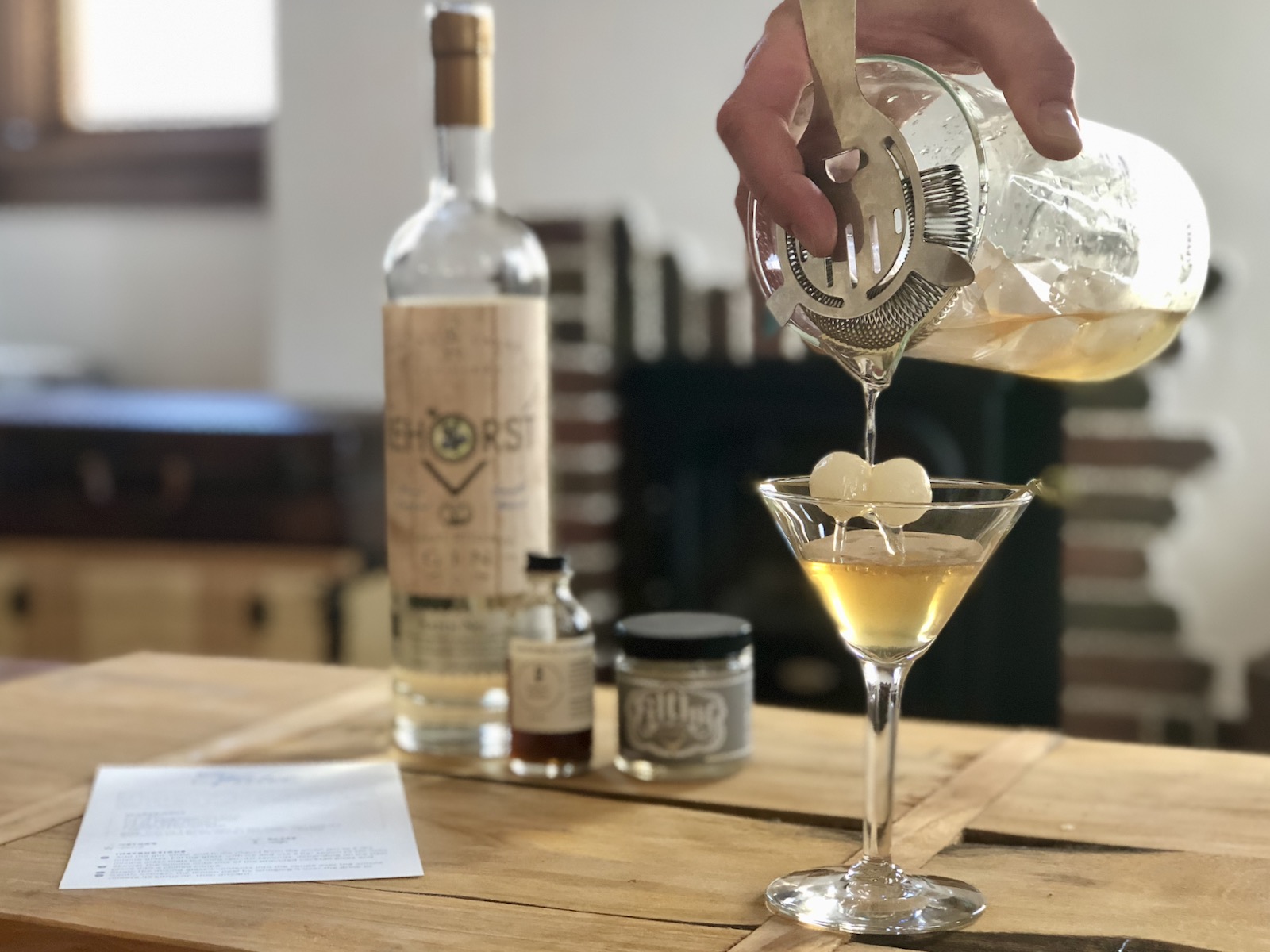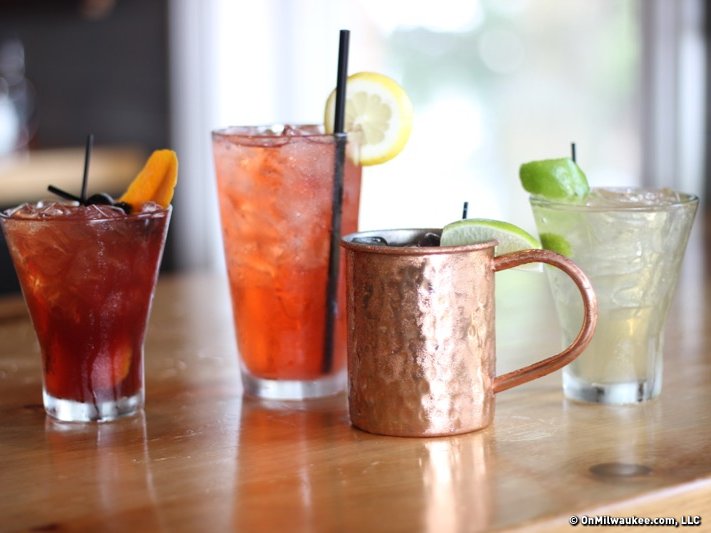Cheers! It's Bar Month at OnMilwaukee – so get ready to drink up more bar articles, imbibable stories and cocktailing content, brought to you by Potawatomi Casino Hotel and Miller Lite. Thirsty for more? To find even more bar content, click here!
It’s no mystery that proportions make the world of cocktails go ‘round. But what most people don’t realize is that you can make just about any cocktail with the help of only seven recipes.
"People can be afraid of cocktails," says Bittercube co-founder Ira Koplowitz. "People are moving into being more adventurous with cooking. They’ll use different ingredients and work with cuts of meat they’ve never seen before. But cocktails are still a bit intimidating."
It’s the reason why Koplowitz and his team created seven fail-proof formulas (they call them the "Seven Pillars") to help demystify the art of cocktail-making for bartenders and consumers alike.
"This method really breaks it down and simplifies things," Koplowitz says. "And it’s really empowering when you realize that you can take inspiration from a recipe and utilize what you have on hand. It also gives you the ability to craft dealer’s-choice drinks without the fear of making something terrible and undrinkable."

You can also think more creatively
Let’s say you’ve recently purchased one of the Rishi omija berry teas. You know that a cocktail syrup requires a one-to-one ratio of sugar to water. So you steep your tea, add your sugar and cool everything down.
But now what do you do with it?
Well, if you’ve got the formula in your head, you can shake three-quarters of an ounce of the syrup with three-quarters of an ounce of fresh lime juice and two ounces of gin, strain it into a glass and you’ve got a gimlet. Do the same with rum and you’ve got a daiquiri. Know why? Because both cocktails are variations on a sour. And they both use the same proportions.
"We didn’t invent the pillars; they are all classics. Our initial inspiration came from my mentor, Toby Malone, who I trained with at the Violet Hour in Chicago," notes Koplowitz. "We’ve made some adjustments to bring them into sync with our sense of what a balanced cocktail is; but the foundations aren’t anything truly new. And there are other variations on this model that other bartenders use, as well."
All the ratios you need
Admittedly, you have to know a few basics about cocktail-making for the pillars work. For instance, you need to know when to shake a cocktail (when citrus is present) and when to stir. It also takes practice to consistently create a well-balanced cocktail.
But the basics form a great foundation for learning. Just take a look.

Shaken cocktails
- The Sour: ¾ ounce citrus, ¾ ounce syrup and 2 ounces spirit (Use this to make a gimlet, a daiquiri, a whiskey sour or even a classic like the Bee’s Knees)
- The Daisy: ¾ ounce citrus, ¼ ounce syrup, 1 ½ ounce spirit and ½ ounce liqueur (Use this to make a margarita or a sidecar)
- The Collins: ¾ ounce citrus, 1 ounce syrup, 2 ounces spirit and 2 ounces of seltzer (Use it to make a Tom Collins, John Collins, Juan Collins, a mojito, or even a Moscow Mule or Dark & Stormy)
- The 75: ½ ounce citrus, ½ ounce syrup, 1 ounce spirit, 3 ounces sparkling wine (This will allow you to make limitless versions of the French 75)
Koplowitz notes that The Daisy is likely the trickiest pillar. "It uses liqueurs, which vary in sugar content, alcohol and acid levels," he says. "Because of that, it becomes a question of how to determine how much simple syrup to add. So, when we teach classes we give people a chart that lists out proportions for a good number of go-to liqueurs."

Stirred cocktails
- Old Fashioned: ¼ ounce syrup, 2 ounces spirit, 2 dashes of bitters (Use this to make an Old Fashioned or a Sazerac)
- The Two-One-Two: 2 ounces spirit, one ounce vermouth, two dashes of bitters: (Use this to make a Manhattan or a martini)
- The Stepladder: 1 ½ ounce spirit, 1 ounce vermouth, ½ ounce bitter liqueur (Use this for a Negroni or Boulevardier)
In addition to using them at their own bars, Bittercube has used the pillars to train countless bartenders, some of whom work at Milwaukee restaurants including Buckley’s and Lost Whale. Koplowitz says pillars also form the basis for the design of cocktail menus at restaurants and bars.
"If we include drinks from all of these categories," he says, "We’ll hit pretty much every type of drinker."
For more information and cocktail recipes, visit bittercube.com.
The formulas for this article were excerpted from "The Seven Pillars of Classic Cocktails" by Bittercube.
As a passionate champion of the local dining scene, Lori has reimagined the restaurant critic's role into that of a trusted dining concierge, guiding food lovers to delightful culinary discoveries and memorable experiences.
Lori is an avid cook whose accrual of condiments and spices is rivaled only by her cookbook collection. Her passion for the culinary industry was birthed while balancing A&W root beer mugs as a teenage carhop, fed by insatiable curiosity and fueled by the people whose stories entwine with every dish. Lori is the author of two books: the "Wisconsin Field to Fork" cookbook and "Milwaukee Food". Her work has garnered journalism awards from entities including the Milwaukee Press Club. In 2024, Lori was honored with a "Top 20 Women in Hospitality to Watch" award by the Wisconsin Restaurant Association.
When she’s not eating, photographing food, writing or planning for TV and radio spots, you’ll find Lori seeking out adventures with her husband Paul, traveling, cooking, reading, learning, snuggling with her cats and looking for ways to make a difference.







